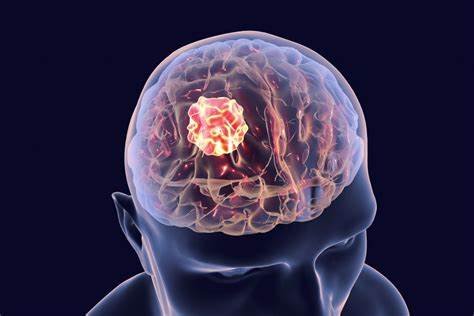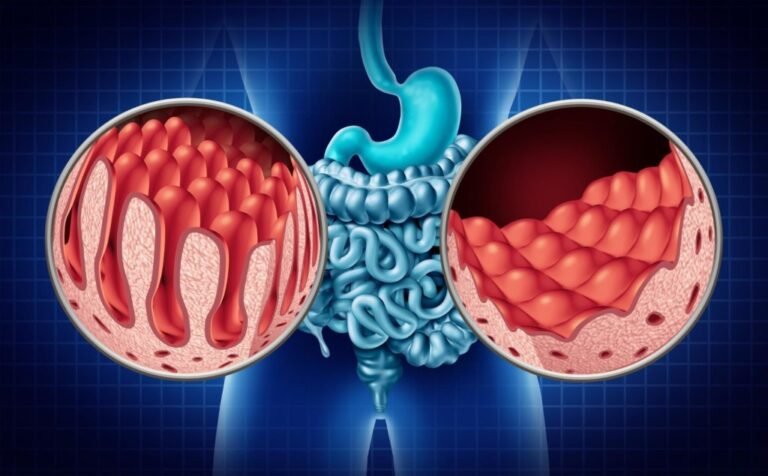Understanding the Importance of Dementia Risk Diagnostic Techniques
Dementia is a progressive neurological condition affecting millions worldwide, with profound implications for individuals, families, and healthcare systems. Early diagnosis and risk detection have emerged as pivotal strategies in combating this condition. Dementia risk diagnostic techniques are critical in identifying individuals at risk, facilitating early intervention, and improving outcomes.
The Growing Need for Early Diagnosis
Dementia, including Alzheimer’s disease, often develops insidiously, with symptoms like memory loss, cognitive decline, and behavioral changes appearing years after the initial brain changes. This delay makes early detection challenging but crucial. Research shows that addressing modifiable risk factors early can delay or even prevent the onset of dementia. Thus, robust diagnostic techniques are essential for identifying individuals who might be predisposed to the condition before symptoms manifest.
Key Diagnostic Techniques
- Neuroimaging Tools
Techniques such as MRI and CT scans are invaluable for detecting structural and functional changes in the brain. Advanced imaging methods like PET scans can identify amyloid plaques, a hallmark of Alzheimer’s, long before cognitive symptoms appear. - Biomarker Testing
Blood tests and cerebrospinal fluid analysis are increasingly used to measure biomarkers associated with dementia, such as beta-amyloid and tau proteins. These tests can provide insights into the disease’s progression and risk. - Genetic Testing
Understanding genetic predispositions through techniques like APOE genotyping can help assess individual risk. While genetics alone doesn’t determine dementia onset, it offers a clearer picture of vulnerability. - Cognitive Assessments
Tools like the Mini-Mental State Examination (MMSE) and Montreal Cognitive Assessment (MoCA) are widely used for evaluating memory, reasoning, and other cognitive functions. Regular assessments can help track changes over time. - Lifestyle and Health Monitoring
Wearable technology and digital health platforms enable continuous monitoring of lifestyle factors such as sleep patterns, physical activity, and cardiovascular health, which are closely linked to dementia risk.
Why Diagnostic Techniques Matter
- Early Intervention: Detecting dementia risk early allows individuals to adopt lifestyle changes that may slow progression. Interventions such as cognitive training, physical activity, and dietary modifications can significantly impact.
- Tailored Treatment Plans: Diagnostic tools enable personalized treatment strategies, improving the efficacy of therapies and enhancing quality of life.
- Reducing Healthcare Burden: By identifying at-risk populations early, healthcare systems can allocate resources more effectively, potentially reducing long-term costs associated with late-stage dementia care.
- Empowering Individuals and Families: Knowing one’s risk status can encourage proactive decision-making about healthcare, financial planning, and caregiving arrangements.
Challenges and Future Directions
Despite their promise, dementia diagnostic techniques face challenges, including accessibility, cost, and the need for greater accuracy in distinguishing between different types of dementia. Advances in AI, big data, and precision medicine are poised to transform this landscape, making risk detection more efficient and universally available.
Conclusion
Dementia risk diagnostic techniques are more than medical tools; they are gateways to hope, enabling a future where early action can change lives. By embracing advancements in diagnostics, individuals, caregivers, and healthcare professionals can work together to combat the growing dementia crisis and pave the way for healthier aging.







